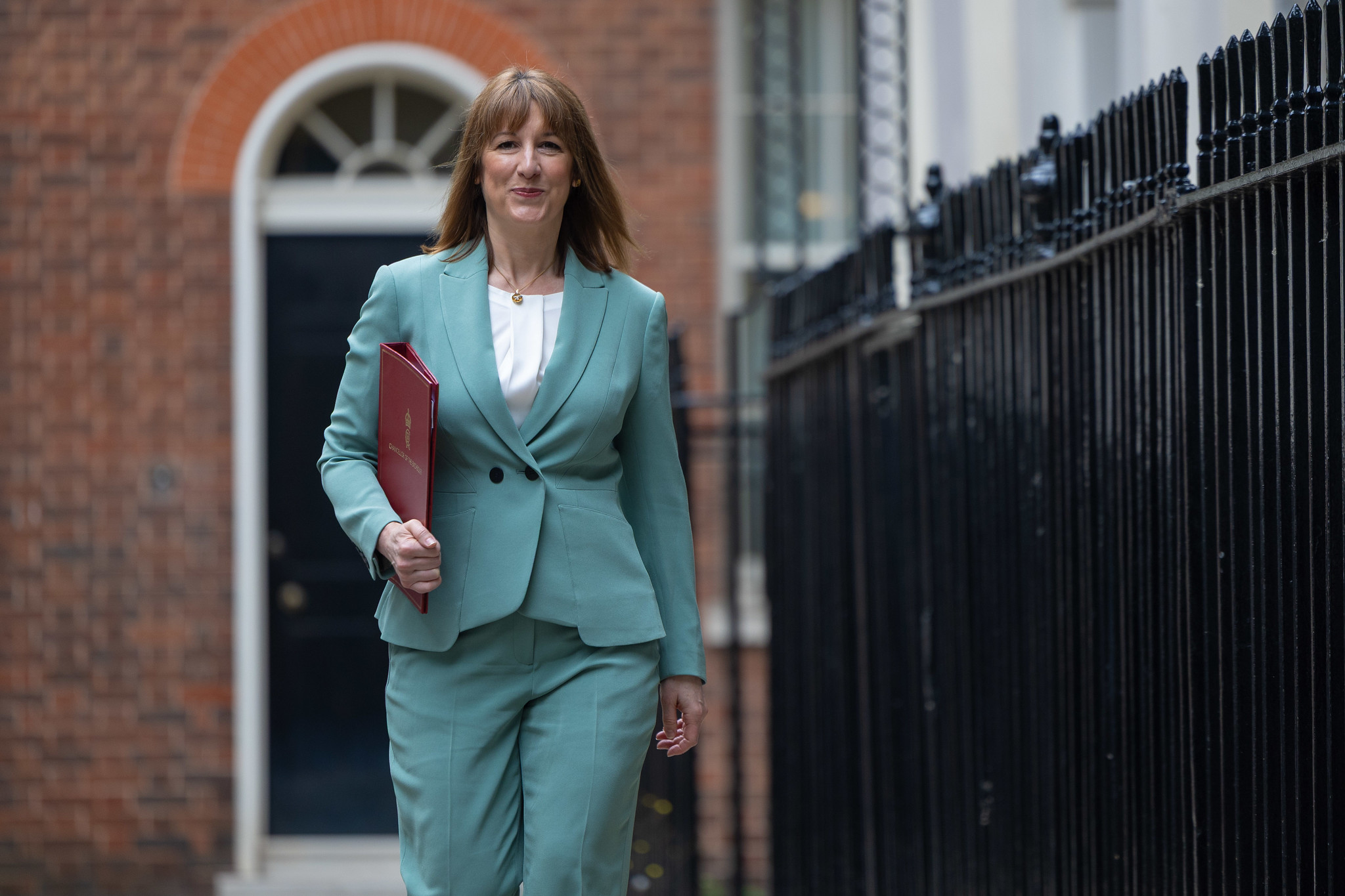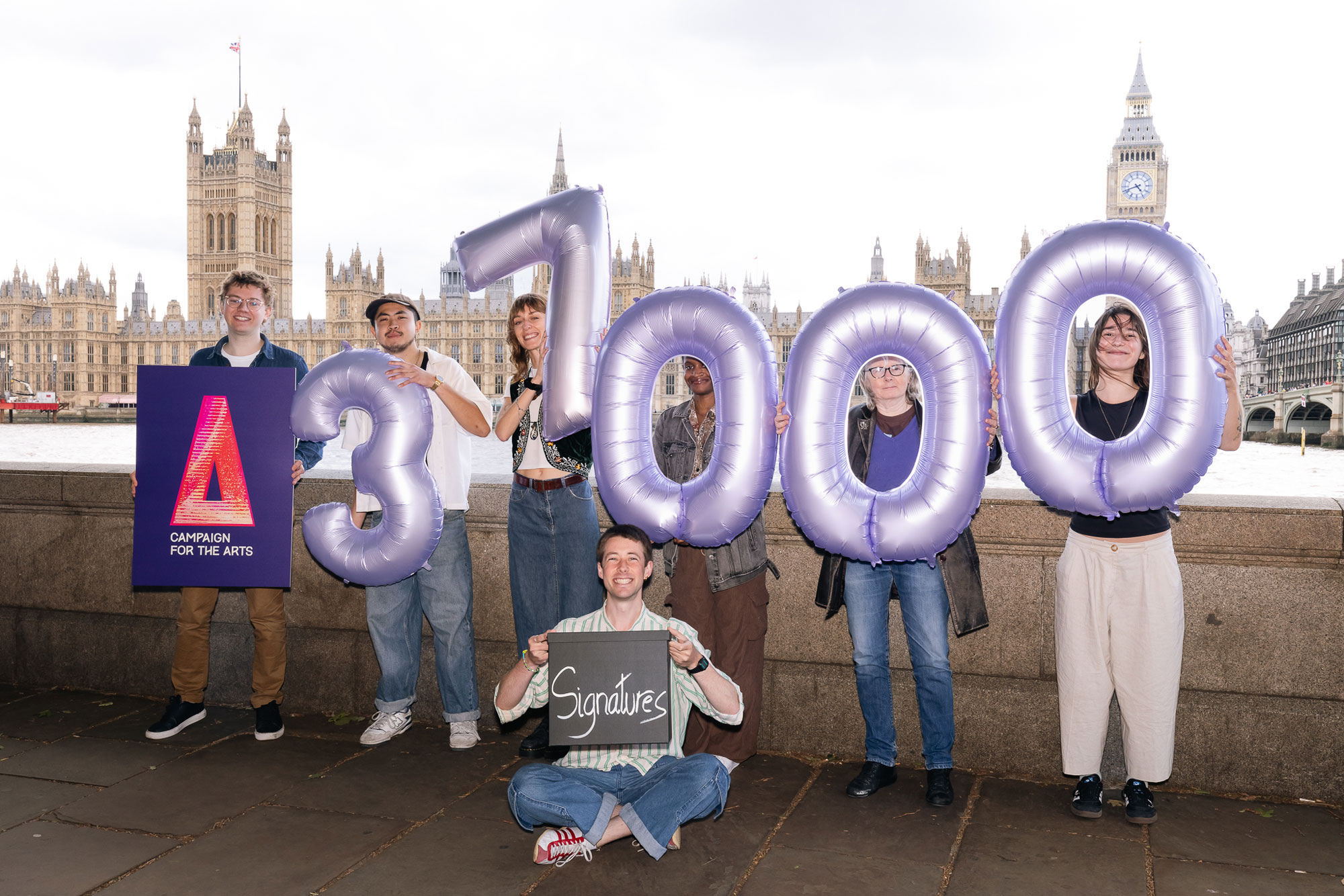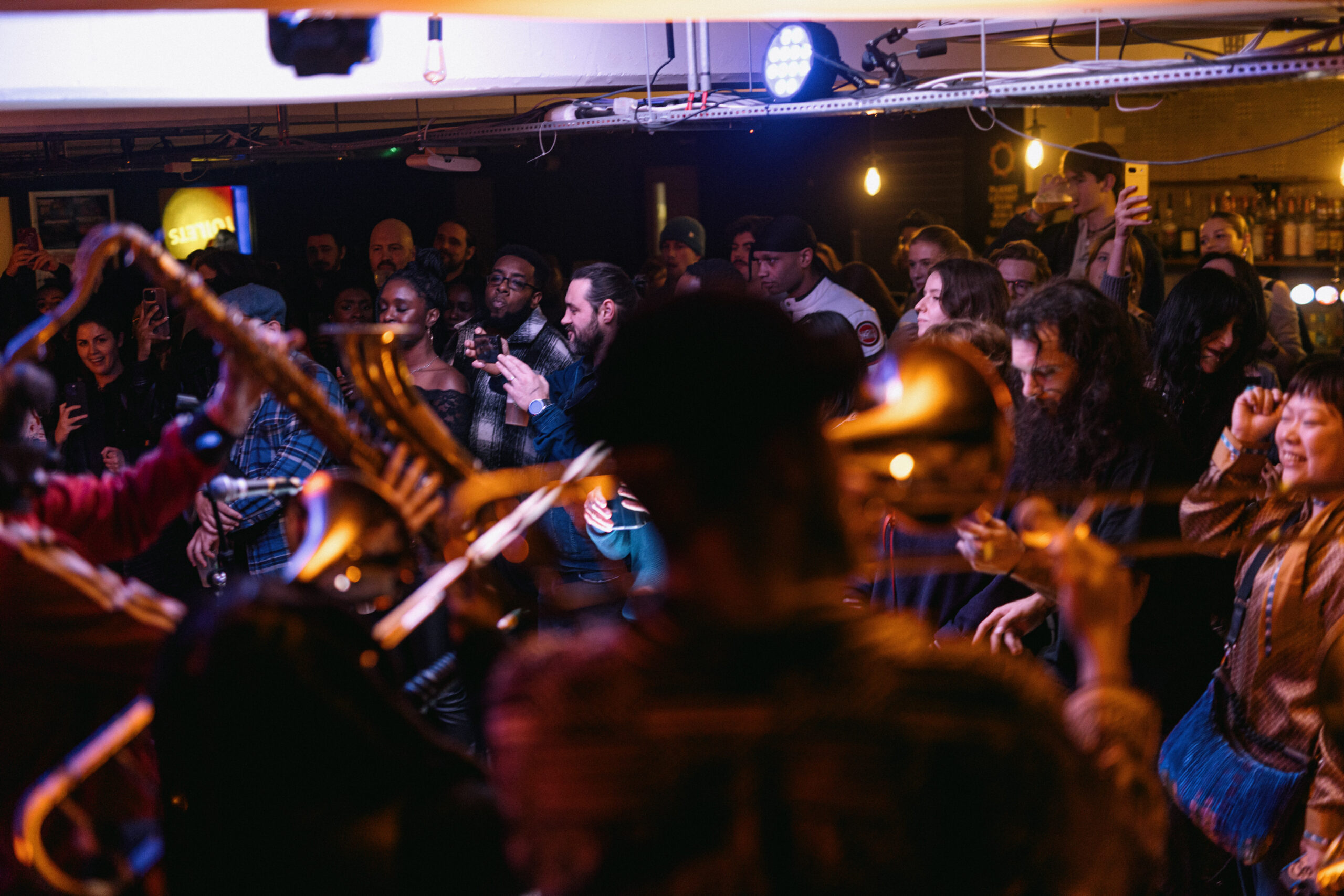This year’s exam results reveal a continuing downward trend in enrolment to arts subjects at GCSE and A-level.
New analysis by the Campaign for the Arts shows that arts subjects now account for a smaller proportion of GCSE and A-level entries than at any time since 2010. Over that period there has been a 47% drop at GCSE, from 13.4% of entries in 2010 to only 7.1% this year, and a 31% drop at A-level, from 15.3% of entries in 2010 to only 10.5% this year.
Since 2023, the proportion of entries in arts subjects has shrunk by 1% at GCSE and 3% at A-level.
Performing arts subjects suffered the biggest drop – in a single year, drama and dance entries shrunk by 5% and 7% respectively at GCSE, and 8% and 6% respectively at A-level.
This year there has been a slowing of the decline at GCSE. Arts entries shrunk by 7% between 2022 and 2023, and by 1% between 2023 and 2024.
At A-level there is a less considerable slowing. Arts entries shrunk by 3.6% between 2022 and 2023, and by 2.8% between 2023 and 2024.
Jack Gamble, Director of the Campaign for the Arts, said:
“The new government has made encouraging pledges on arts education, but these figures show that urgent action is necessary to halt the decline. The arts have a proven role in contributing to better outcomes for children and young people, but they have been sidelined and underfunded in recent years. It’s high time we turned this around.”
What about Scotland?
GCSEs and A-levels are the main qualifications taken by pupils in England, Wales and Northern Ireland.
In Scotland, the vast majority of pupils study National 5 qualifications instead of GCSEs, and Higher and Advanced Higher qualifications instead of A-levels.
All state schools in Scotland enrol students in N5s and Highers. Some independent schools do the same, but others opt for GCSEs and A-levels or some mix aspects of both systems.
The Campaign for the Arts reports GCSE and A-level entries at the level of the whole United Kingdom.
How and why has this happened?
The State of the Arts report, published by the Campaign for the Arts and the University of Warwick last month, revealed a much wider crisis affecting arts education, particularly in England:
- The number of arts teachers in English state-funded secondary schools fell by 27% between 2011 and 2024, from 55,000 to 40,000.
- The number of hours of arts teaching in English state-funded secondary schools fell by 23% between 2011 and 2024, from 501,000 to 387,000.
- Between 2013 and 2020 in England, school arts engagement among 11-to 15-year-olds fell by 23% for arts and crafts, 24% for drama, 26% for music and 29% for dance.
- Arts and creative courses are increasingly at risk from a structural funding crisis in Higher Education.
- Since 2021 in England, the Government has segregated arts subjects from other, ‘strategically important’ subjects in Higher Education, and imposed 50% cuts in ‘high cost subject’ funding.
- Access to quality pre-school education is unequal, disproportionately affecting the creative educational opportunities of children from lower-income families.
The report highlighted the role of funding pressures and performance measures like the ‘EBacc’ (introduced in 2010) and ‘Progress 8’ (introduced in 2016), both of which have marginalised the arts in English state-funded secondary schools.



